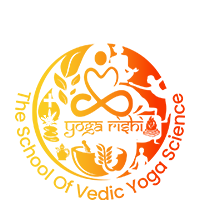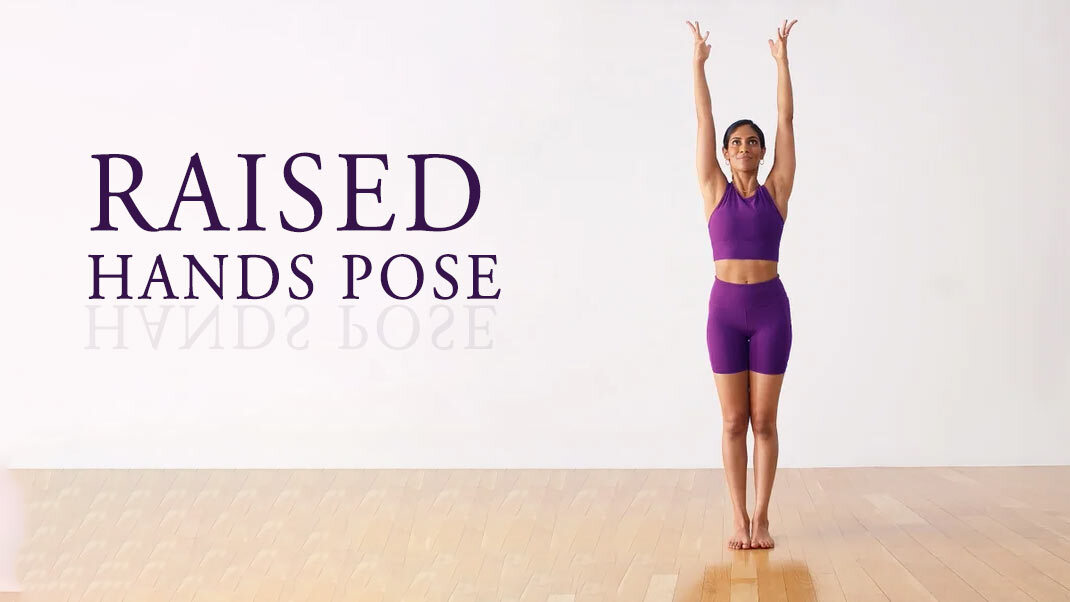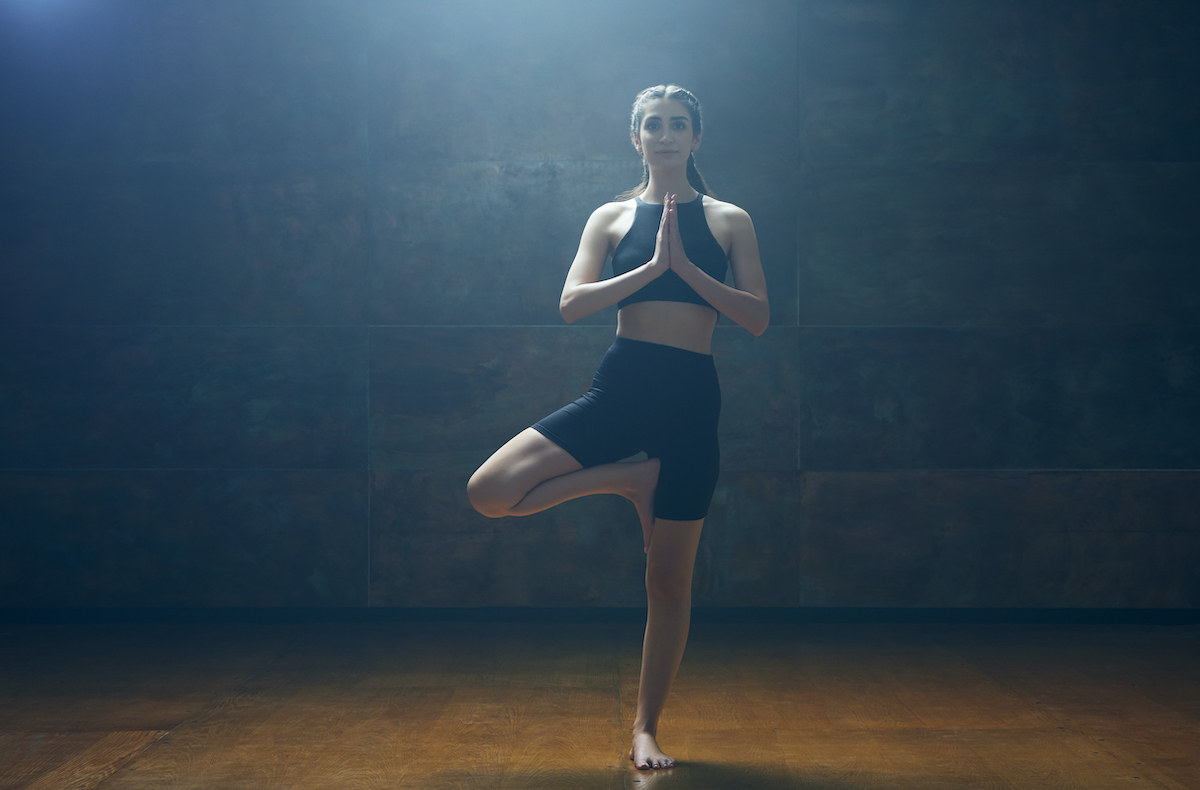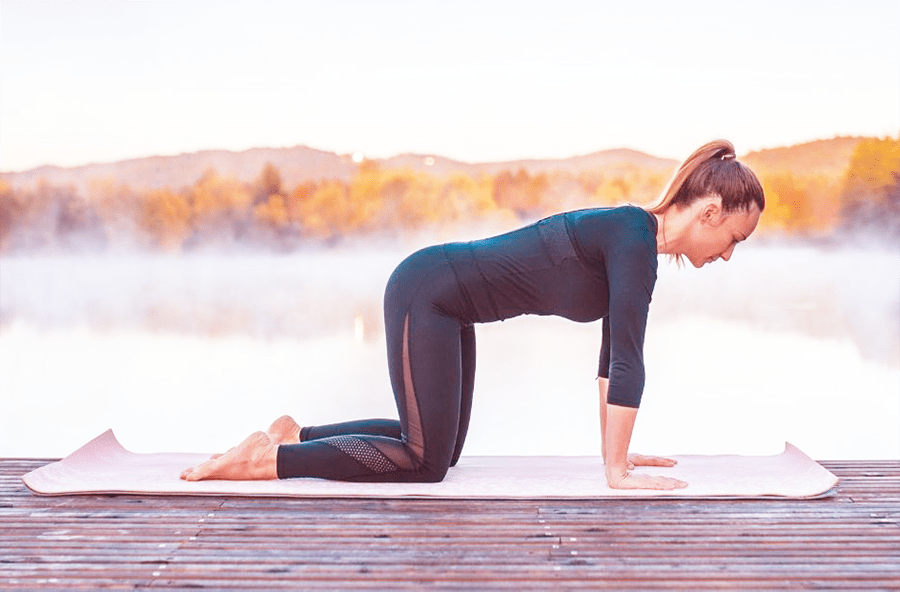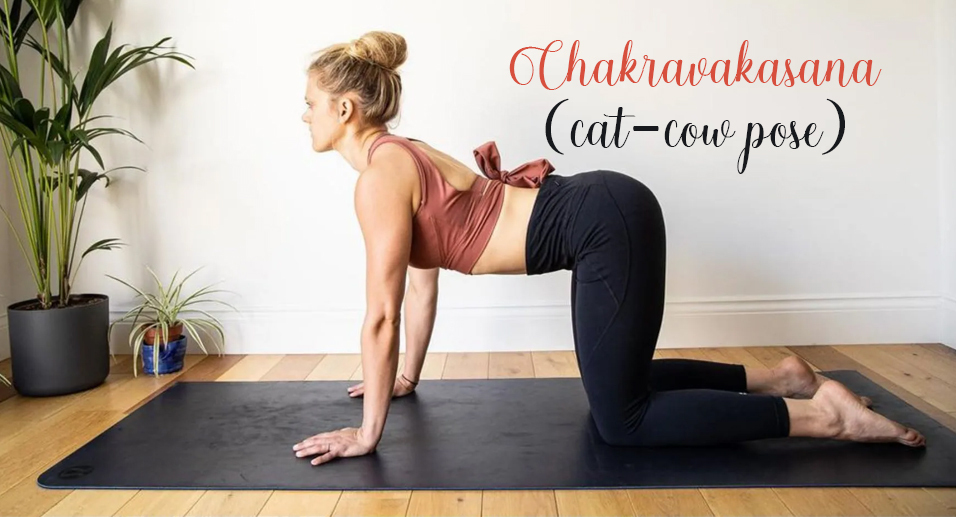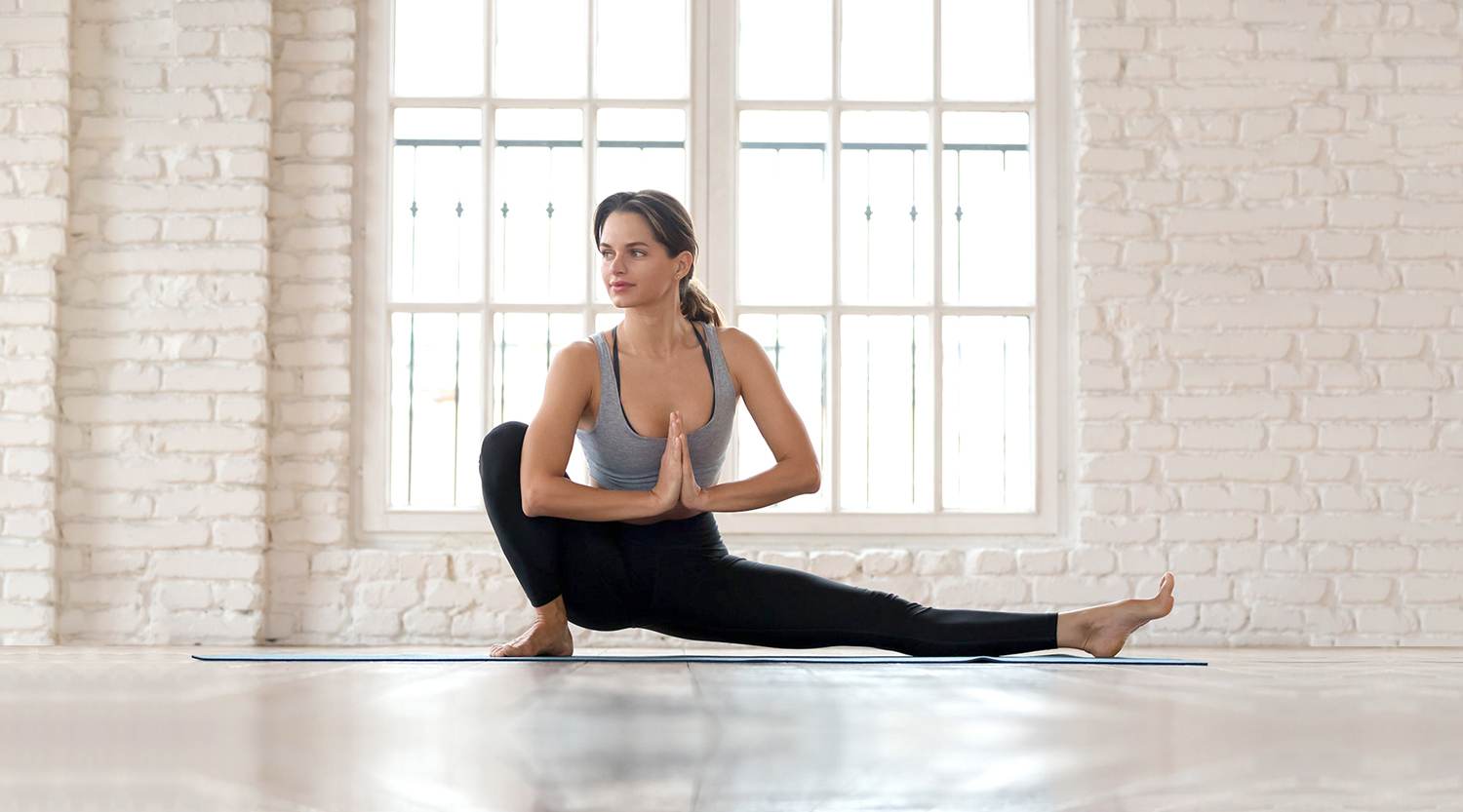
Unleash Your Hip Mobility with Hip-Opening Asanas and Stretches
Introduction:
Our hips receive very little attention. Like our backs, they take the most hit from sore knees and improper body alignment. Additionally, they attempt to compensate excessively for the body’s weaker regions. But the majority of us are unaware that they are an essential component of our bodies and shouldn’t be neglected.
A typical issue for runners, bikers, and people, who are workaholic, is stiff hips. The muscles of the hamstrings and quads get tight, tense, and fragile from spending so much time sitting down, whether it is at our computers, in cars, or when riding bikes. The muscle groups will become weaker if you maintain the same position for an extended period of time without making any sort of motion. Back, knee, ankle, and other body regions may experience discomfort when the muscles in the hip region get tightened and start to be impacted.
Here is a quick test to determine whether or not you’re suffering from tight hips. Look downwards at your feet while you stand up. Your hip muscles need to be stretched if the tips of your feet point outwards instead of straight ahead.
Structure and Functioning of Hips’ Parts:
Hip structure is complicated and includes a number of different bones, muscles, ligaments, as well as additional systems. An summary of how the main hip anatomy parts work is provided below:
- Femur: the portion of the thigh bone that bears the whole weight of the body and permits different hip joint motions.
- Pelvis: It bears the load of the upper part of the body and protects internal organs. Additional ligaments, muscle groups, and tendons that regulate hip mobility join at this location.
- Acetabulum: The head of the femur may move in a variety of directions thanks to this socket-like mechanism in the pelvis, which also enables bending, extending, and rotation.
- Hip Joint: Weight-bearing, stress absorption, and aiding motions like running, strolling, leaping, and sitting are the main duties of this part which is a ball-and-socket kind of joint.
- Articular Cartilage: It offers a painless, low-friction layer that enables hip joint mobility.
- Labrum: It improves the hip joint’s interoperability with the femur’s head and adds strength to the hip joint.
- Muscles and Tendons: A complicated web of muscles and tendons surrounds the hip area, allowing for a variety of motions and maintaining the joint’s strength. Several of the main muscles are:
- Gluteus Maximus
- Gluteus Medius and Minimus
- Iliopsoas
- Adductors
- Piriformis and Rotator Muscles
- Hamstrings
- Ligaments: They are persistent, connective tissues made of fibre that hold bones to one another and support joints.
- Bursae: These are sacs filled with fluid that are situated close to joints and decrease rubbing between tendons, muscles, and bones to allow for easy hip motion.
Yoga Poses for Opening Tight Hips:
Yoga may be an excellent approach to loosen up stiff hips and increase mobility as well as flexibility. Following are some stretching exercises that can reduce stress and improve flexibility:
- Child Posture, also known as Balasana, is a relaxing position that gently stretches the hip area as well as lumbar portion.
- You can perform Pigeon Position or Ekaa Padaa Rajakapotaasana to stretch the flexors, rotators, and external muscles.
- Butterfly Pose or Baddha Koneasana are great poses that loosen up your inner thigh areas and groin region.
- The muscles of the hip flexors and quads are stretched in the Low Lunge Pose, called Anjaneyasana.
- The inside of the thighs and the flexors can be stretched by performing Happy Baby Position or Anand Balasana.
- The Bound Angle Pose, also known as Upavistha Konasana, is a sitting posture that extends the inner part of the thighs and widens the hips.
- One of the finest hip-opening poses is the Lizard Pose, or Uttana Pristhasana. Every single muscle is strengthened and stretched as a result of the powerful stretch.
- Practicing Garland Pose or Malasana improves the muscles of the pelvic floor and improves the circulation to the abdominal region and pelvis.
Benefits of Hip-Opening Asanas and Stretches:
Hip-opening asanas and extends in yoga deliver an array of advantages:
- They aid in enhancing lower back, groin, and hip mobility.
- Yoga can assist to relieve stiffness and stress in the region brought on by things like extended sitting or physical activity.
- Performing frequent hip-opening poses can progressively expand your hips’ range of motion, enabling softer, more pleasant motions.
- Lower back discomfort might be made worse by tight hips. By encouraging good alignment and easing pressure on the lower back, yoga practices can ease this feeling of discomfort.
- Hip-widening stretches promote the supply of blood to the hip region, which may enhance circulation while providing vital nutrients to muscles as well as joints.
- They frequently entail deep breathing and conscious relaxation, which help to promote calmness and lower tension and anxiety.
- Some hip-opening asanas gently squeeze the abdomen in order to encourage the digestive system and improve digestion.
- Because they enable the pelvis to remain in an improved neutral and balanced position, open hips can help with overall alignment.
- Jogging, cycling, and even regular actions like bending and carrying are all activities that need a hip movement, so having flexible hips can lower your chance of injury.
- Yoga for tight hips can assist with problems including hip instability and pelvic dislocation by strengthening and stabilizing the muscles surrounding the pelvis.
- Emotions are frequently preserved in the hips. Poses that expand the hips may help relieve emotional strain.
Tips before Doing Hip-Opener Yoga Asanas:
- Ahead of performing yoga for tight hips, always prepare with various positions.
- To make the most rapid improvement, frequently do asanas that expand the hips.
- Don’t rush them; take your time and avoid doing too much. Stop right away if you experience any kind of pain, agony, or other unpleasant feelings.
- Keep a close eye on your knees and try not allow them twist; otherwise, you risk being hurt.
- Use yoga accessories that assist with supporting body weight.
Conclusion:
Try to make a commitment to performing some of the aforementioned relaxing exercises at least three to four times each week, and you’ll quickly notice a significant improvement in the way your hips feel. However, before performing any hip-widening stretches, speak with a doctor if you’re suffering from arthritis, a history of hip injuries, or other hip issues.

